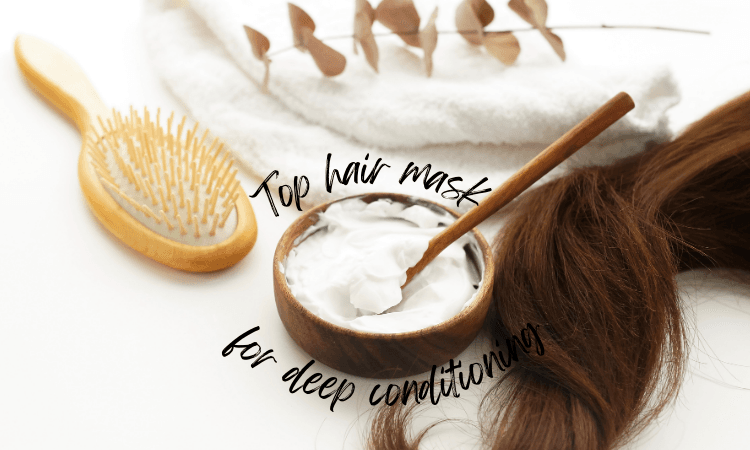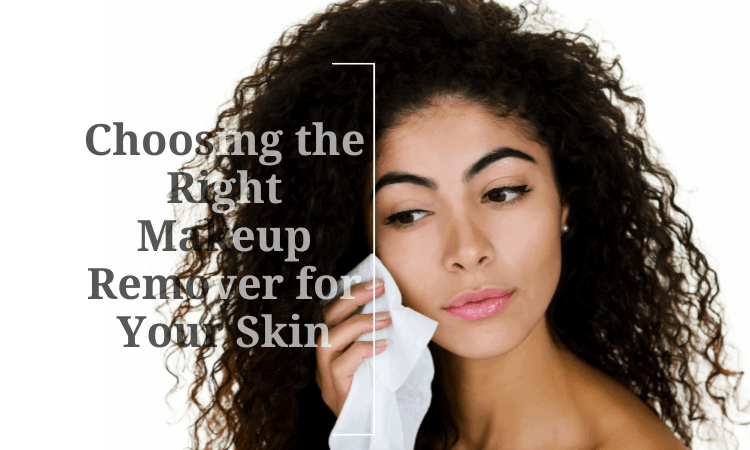Taking care of your skin is more than just a beauty routine—it’s about maintaining your skin’s health. A simple skincare routine can help you achieve smoother, clearer, and more radiant skin over time. Whether you’re new to skincare or just looking to refine your approach, creating a basic skincare routine doesn’t have to be complicated. By focusing on key steps like cleansing, moisturizing, and sun protection, you can establish a routine that works for your skin type. This guide will walk you through each essential step, helping you build a routine that supports healthy, glowing skin every day.
Step 1: Cleanse Your Skin
Cleansing is the first and most important step in any skincare routine. It helps remove dirt, oil, sweat, and makeup that can clog pores and cause breakouts. A proper cleanser will refresh your skin, leaving it ready for the next steps in your routine.
What Does Cleansing Do?
Cleansing removes impurities from the skin’s surface, helping to keep your pores clean and prevent clogged pores, which can lead to acne and irritation. It also prepares your skin for toners, moisturizers, and other treatments by creating a fresh base.
Choosing the Right Cleanser
Choosing the right cleanser depends on your skin type. Different cleansers cater to different needs, so pick one that matches your skin’s requirements.
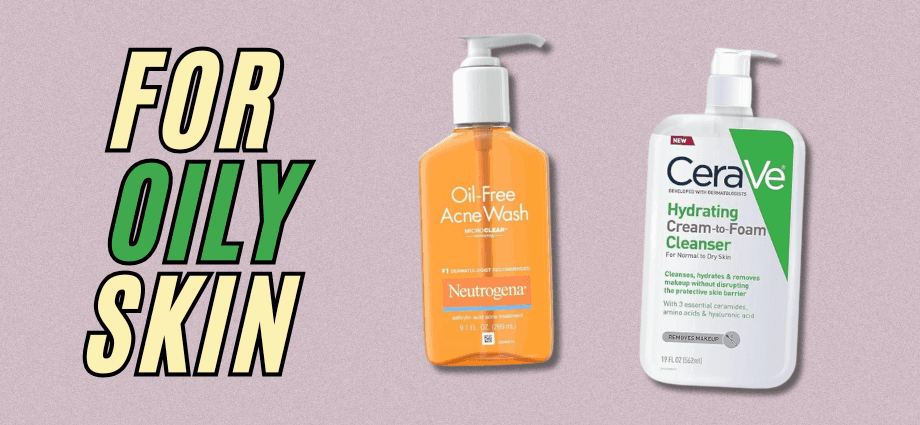
- Oily skin: Opt for gel- or foam-based cleansers that help remove excess oil without over-drying your skin.
- CeraVe Foaming Facial Cleanser or Neutrogena Oil-Free Acne Wash for oily skin.
- Dry skin: Look for cream-based or hydrating cleansers that nourish your skin while gently cleansing.
- Neutrogena Hydro Boost Hydrating Cleansing Gel or Aveeno Ultra-Calming Hydrating Gel Cleanser.
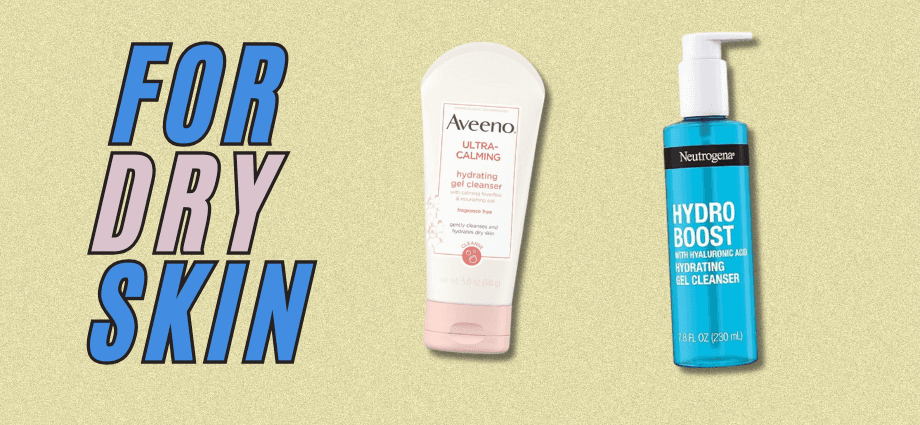
.
How to Cleanse Effectively
- Use lukewarm water: Hot water can strip your skin of natural oils, leaving it dry and irritated.
- Massage gently: Apply the cleanser with circular motions to remove dirt and excess oil.
- Rinse thoroughly: Ensure all product is removed from your face to prevent build-up.
Step 2: Tone Your Skin
Toning is an optional step but can be very beneficial. It helps balance your skin’s pH after cleansing, removes any leftover impurities, and can target specific concerns like oiliness or dryness.
What Is Toning?
Toners help to restore the skin’s pH balance and can also hydrate the skin or control oil production. Some toners also have exfoliating properties that can help with acne and skin texture.
Choosing the Right Toner
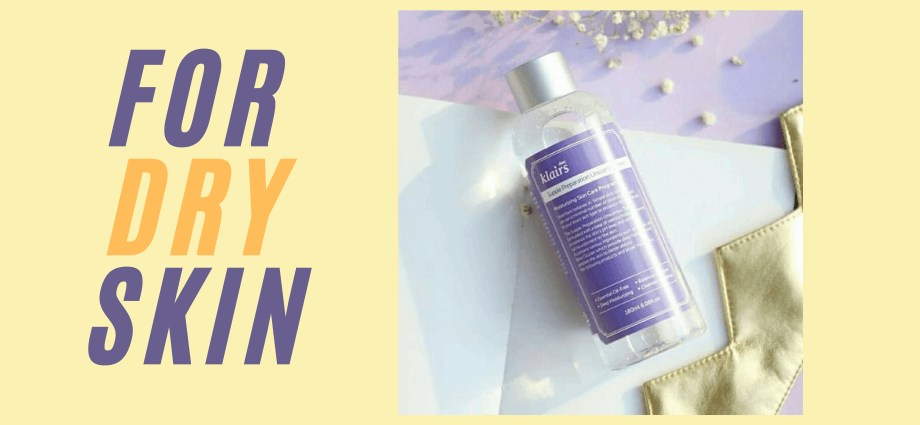
- Hydrating toners: For dry skin, choose toners that hydrate and refresh.
- Klairs Supple Preparation Unscented Toner which contains glycolic acid for a mild exfoliation.
- For oily skin, choose toners that control oil and tighten pores.
- Neutrogena Pore Refining Toner.
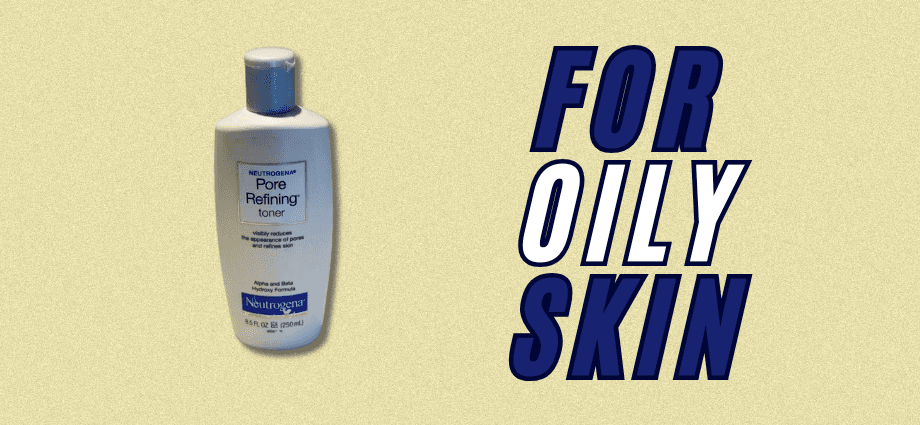
How to Apply Toner
- Apply to a cotton pad: Gently sweep toner across your face, avoiding the eye area.
- Or, use your hands: You can pour the toner into your hands and pat it directly into the skin.
Step 3: Moisturize Your Skin
Moisturizing is an essential part of your skincare routine, regardless of your skin type. It helps lock in moisture and creates a smooth, hydrated base for the rest of your products.
The Benefits of Moisturizing
Moisturizers help replenish your skin’s moisture and create a protective barrier against environmental stressors. Regular moisturizing can prevent dryness, keep your skin looking plump, and reduce the appearance of fine lines.
Picking the Right Moisturizer
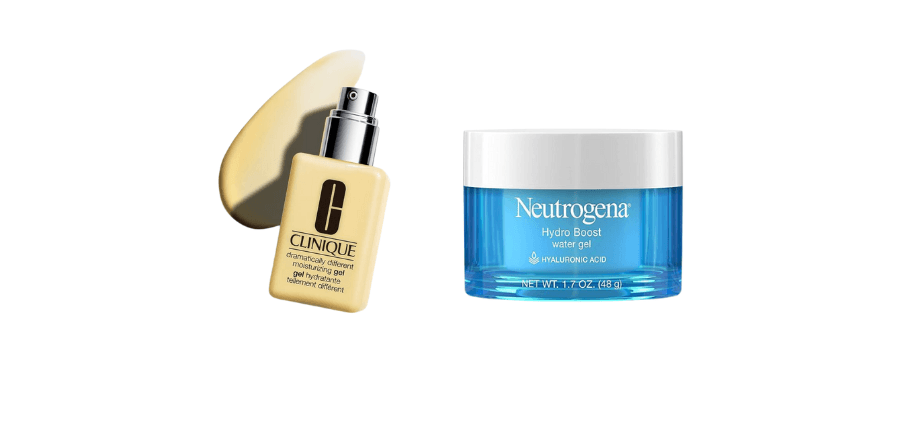
- For oily skin: Lightweight, non-comedogenic (won’t clog pores) moisturizers are ideal for oily skin.
- Neutrogena Hydro Boost Water Gel or Clinique Dramatically Different Gel.
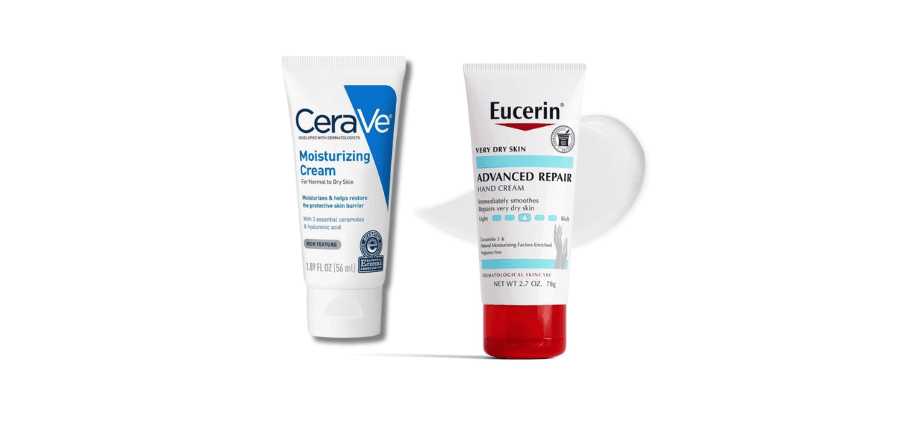
- For dry skin: Rich, creamy moisturizers are great for restoring hydration.
- CeraVe Moisturizing Cream or Eucerin Advanced Repair Cream.
How to Moisturize Correctly
- Apply on damp skin: To lock in moisture, apply your moisturizer while your skin is still damp from toning.
- Massage gently: Use upward strokes to apply the moisturizer to your face and neck.
Step 4: Protect Your Skin with Sunscreen
Sunscreen is the most important step in preventing long-term skin damage. Even if you’re indoors or the weather is cloudy, UV rays can still affect your skin.
Why Sunscreen Is Essential
UV rays can cause premature aging, wrinkles, and dark spots. More importantly, they increase the risk of skin cancer. Daily sun protection is the best way to safeguard your skin from harmful UV rays.
How to Choose the Right Sunscreen
- Broad-spectrum protection: Choose a sunscreen that protects against both UVA and UVB rays. UVA rays contribute to aging, while UVB rays cause sunburn.
- SPF 30 or higher: For everyday use, SPF 30 provides adequate protection.
- Example: EltaMD UV Clear Broad-Spectrum SPF 46 or Neutrogena Ultra Sheer Dry-Touch SPF 55.
How to Apply Sunscreen
- Apply at least 15 minutes before exposure: Sunscreen needs time to absorb and start working.
- Reapply regularly: Reapply every two hours, or more often if you’re sweating or swimming.
Additional Tips for Healthy Skin
While a good skincare routine is crucial, there are a few other habits that can improve your skin’s health.
Stay Hydrated
Drinking enough water helps to keep your skin hydrated from the inside out. Dehydration can lead to dryness and make your skin more prone to irritation. Aim to drink at least 8 glasses of water a day.
Avoid Harsh Ingredients
Be cautious about the products you use. Avoid products that contain alcohol, sulfates, and artificial fragrances, as they can irritate the skin. Opt for gentle, hydrating formulas that are suitable for your skin type.

Conclusion
Building a skincare routine doesn’t have to be complicated. By following the basic steps of cleansing, toning, moisturizing, and protecting with sunscreen, you can maintain healthy, glowing skin. Consistency is key, and the right products will support your skin’s health over time. Stick to your routine, and soon you’ll see the benefits of a well-maintained skincare regimen.


